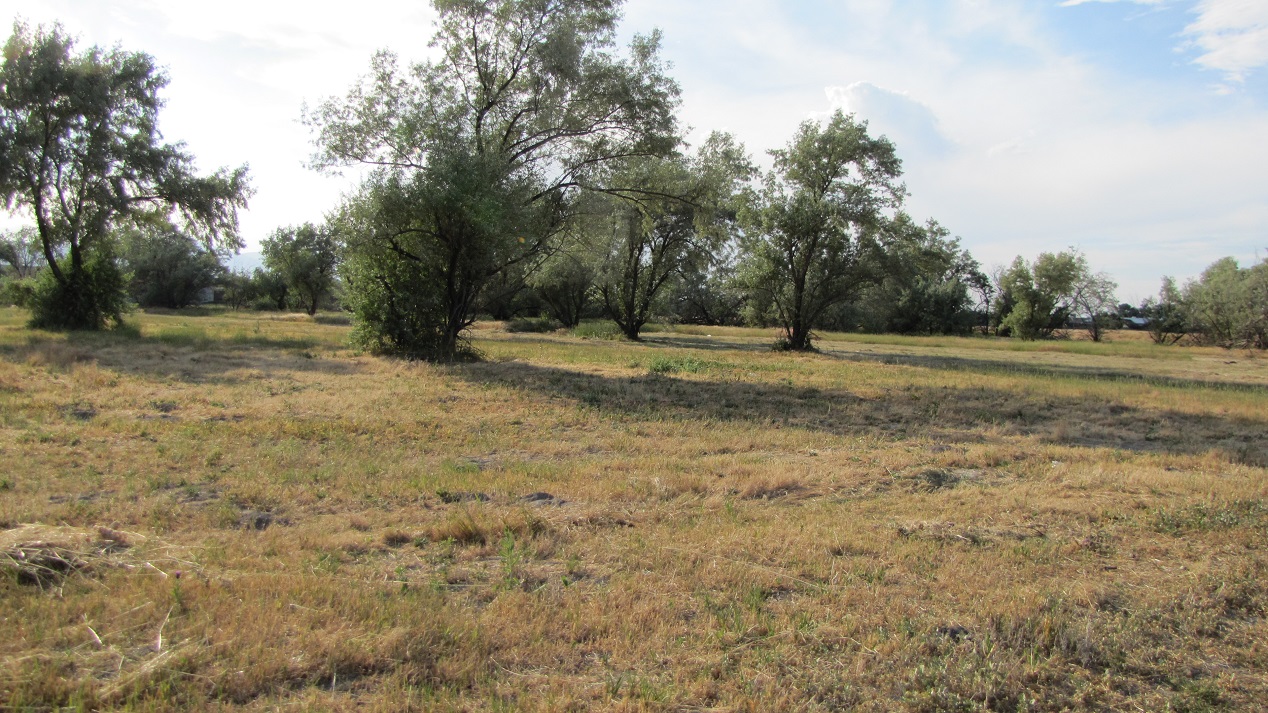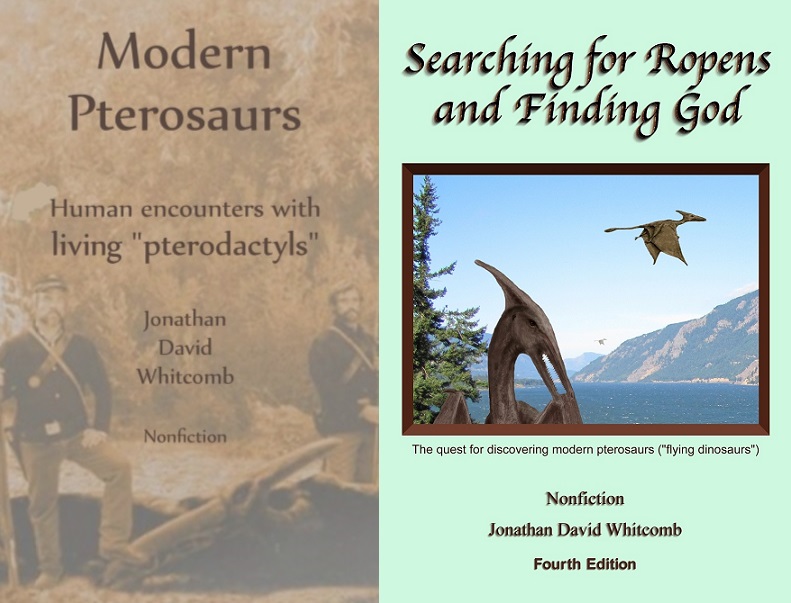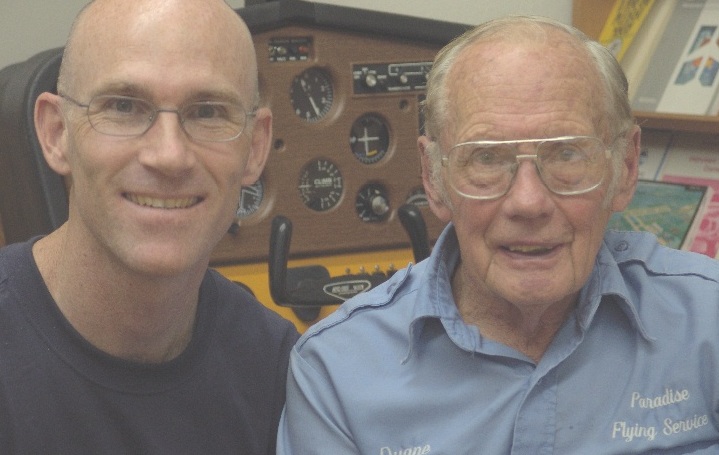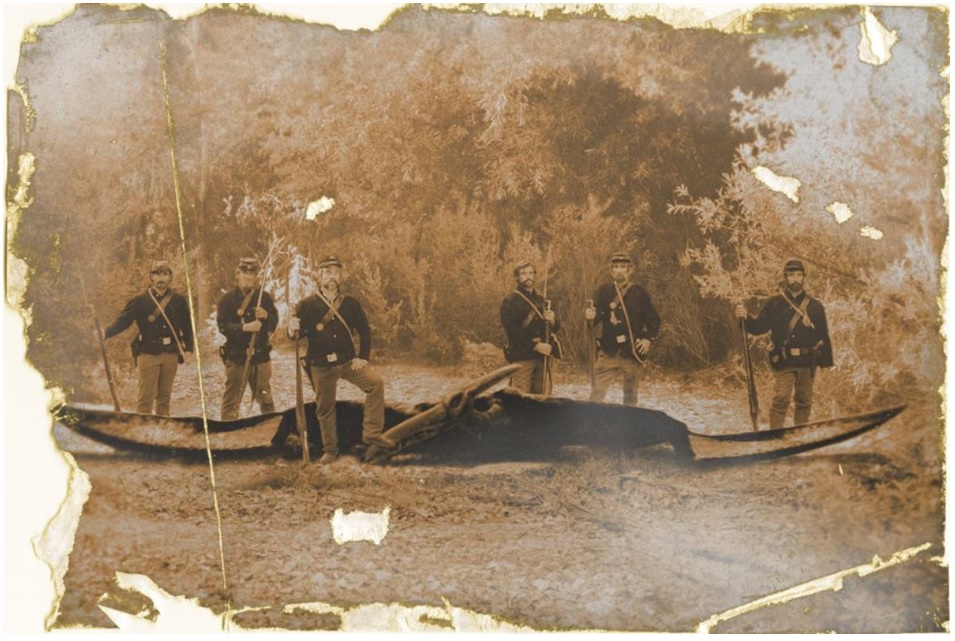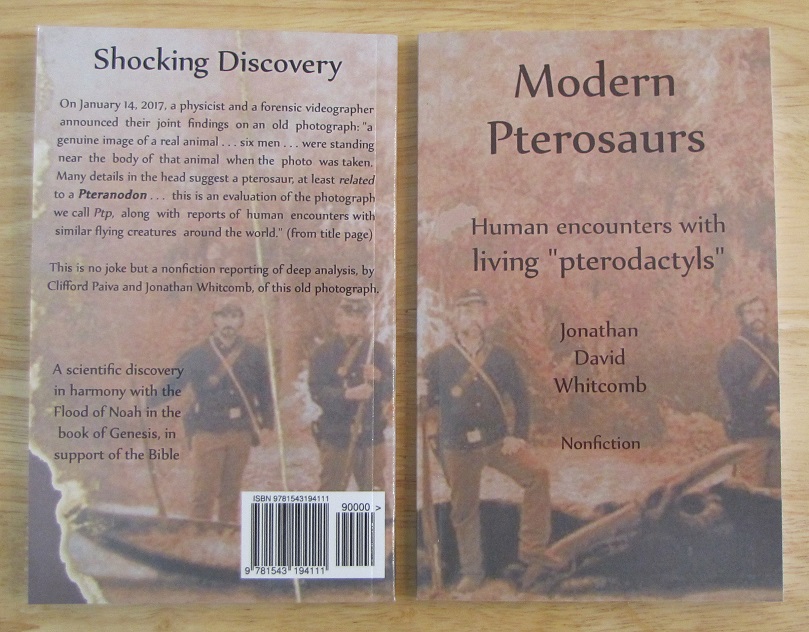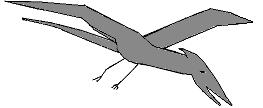By the modern-pterosaur author Jonathan D. Whitcomb
On June 26, 2017, my wife and I met with several eyewitnesses in a neighborhood of Draper, Utah, (in the southern part of the Salt Lake Valley) a few miles west of the Wasatch Mountains. Each of the four persons we talked with lived within about 300 yards of each other and a little south of the Swire Coca Cola complex, which is in northwestern Draper. These four wish to be anonymous, at least for now.
The flying creature involved, which may be more than one animal, appears to be an American Hammerhead Ropen. Some of the words that came to the minds of eyewitnesses, after the sightings in this neighborhood, were these:
- dragon
- hammer (shape of the head with a crest)
- big bird
Bioluminescence appears to be involved, as in many ropen sightings worldwide. The June 21st sighting seems to be not an isolated encounter but part of a general flight pattern in Western Draper. Consider some of what each of these four persons told me and my wife.
Eyewitness-A
Between 35 and 55 years old, she is the mother of two children who also have had some kind of encounter with the flying creature at some time within the past few months, either seeing or hearing it. I gave her a copy of my recent nonfiction cryptozoology book, Modern Pterosaurs (about the Civil War photograph of an apparent Pteranodon that was living in the 19th century).
At about 11:00 p.m. on June 21, 2017, she saw the strange thing fly over her house. She was baffled, unable to come up with a sensible-sounding explanation. It reminded her of what her children had seen with her in movies: not something that is supposed to be still alive.
She might have dismissed it as some kind of drone aircraft, except that it was flapping its wings. She was struck by the lack of feathers and lack of hair on the tan-colored creature, which flew about 50 feet above the ground, over her backyard. She later searched online and found what looked very much like her “big bird.”

The above sketch was seen by Eyewitness-A, after her sighting. It’s very much like what she had seen.
.
Eyewitness-B
This twelve-year-old boy was on his back in his backyard in western Draper, Utah, on a warm night in mid-June of 2017, when the huge creature flew overhead. He later learned that his uncle, who lives nearby, had also seen the same animal flying over that same neighborhood, earlier in the year.
The boy told me (Jonathan Whitcomb) that the flying creature had a head that reminded him of a hammer. After he drew a sketch, I realized he was referring, at least in part, to the angle of the head crest. This led me to conclude that he had seen an American Hammerhead Ropen, similar to what was seen by Patty Carson in Cuba in 1965 and probably by Eskin Kuhn (also in Cuba) in 1971.
Eyewitness-C
This man lives in the same neighborhood as the first two eyewitnesses mentioned above (A and B). It flew over his backyard three times in one night, early in 2017, appearing to be searching for something. I believe it was hunting, for many family pets are kept in backyards in this neighborhood.
He described a glowing outline of the animal, suggesting to me that the flying creature was bioluminescent. It was flying too high to have been lit up from ground lighting.
Hearing a Screech
I talked with a teenage girl who also lives in this neighborhood. She heard what she believes were the sounds of a cat being attacked in the large yard next to her backyard. But the cat cry was quickly cut short as the girl heard a terrifying screech, a sound she compared with the screech of a velociraptor from a movie. She was sure that the sound was not from a raccoon. She also compared it with a girl screaming very loudly.
###
Copyright 2017 Jonathan Whitcomb (“Big Bird in Draper, Utah”)
.
Big bird-like animal in Hawaii
I am glad to find this website that shows others have seen something similar to what we saw– we thought we saw a pterodactyl on the Big Island of Hawaii!
.
Ropen critic and the Ptp photograph
One skeptic, writing a very long online article, mentions what I have written about related words in some of the many village languages in Papua New Guinea. He says that “ropen” means bird in one language but fruit bat in another. He then writes, “Well, there you have it,” as if it supports his declaration that a significant number of sightings of apparent pterosaurs in that area of the world could be from misidentified birds or bats. But he misses the point . . .
.
Objectivity and bias with the Civil War pterosaur photograph
. . . he [the critic] seems to have fallen into a severe combination of bias issues including both confirmation bias and belief perseverance, regarding his ideas about the old photo that is now known as “Ptp.”
.
Civil War Soldiers and a Monster Pterodactyl
Before giving a brief history of our investigations of this old photograph, I present a recent discovery related to the source of what we now call “Ptp,” what some people would call the “Civil War” Pteranodon photo.
.
Apparent Civil War era photograph
In January of 2017, the physicist Cliff Paiva and I agreed that the old photograph now called Ptp has a genuine image of a modern pterosaur. Since January, we have found additional evidence for its authenticity, which is what should be expected for something that is genuine rather than a hoax.
.



